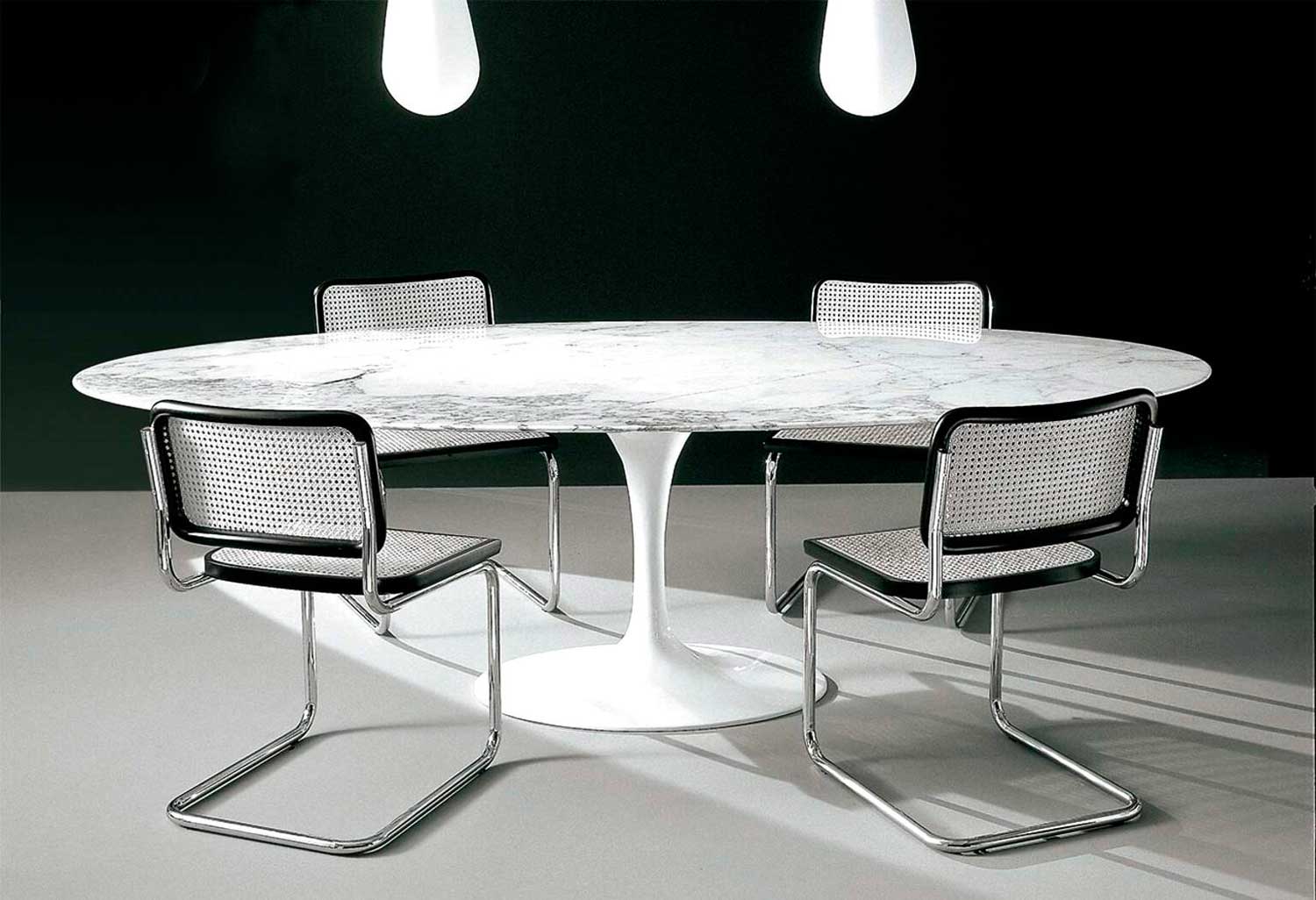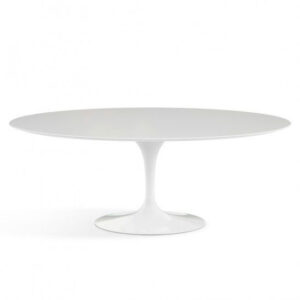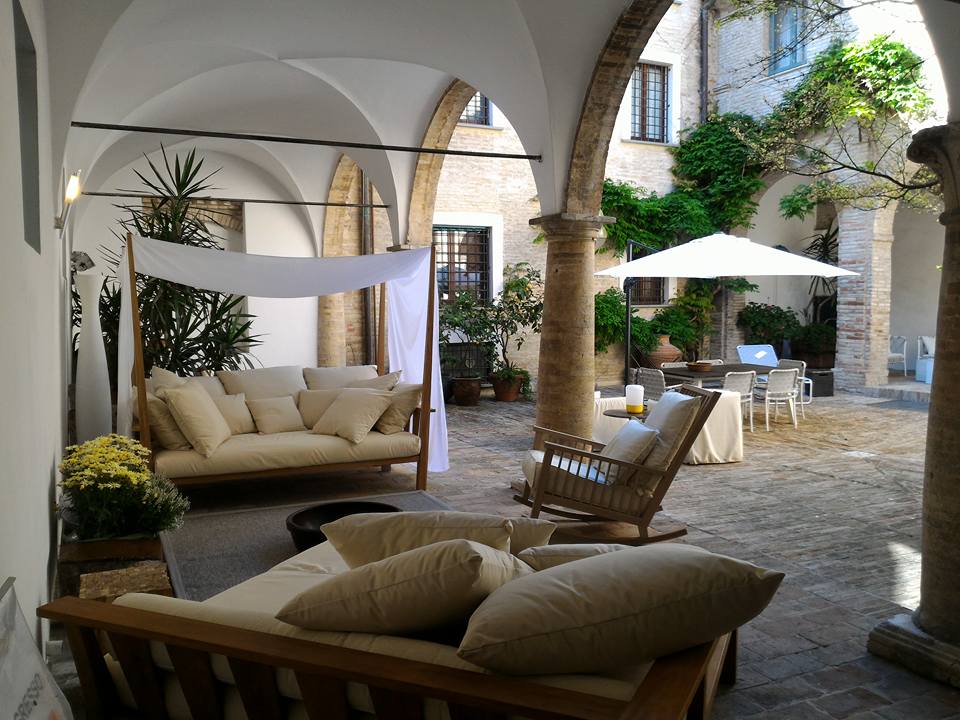Tulip Table: Innovative Tulip‑Shaped Design
The Saarinen table, also known as the Tulip table, takes its name from its creator: a visionary of modern industrial design. Let’s discover how this brilliant idea was born, which still holds a special place in home décor today.
Who Was Eero Saarinen, Creator of the Tulip Table
Born in 1910 in Kirkkonummi, Finland, he was an architect and industrial designer who later became a U.S. citizen, and was one of the leaders of the second generation of modernists. His most famous creation is undoubtedly the Pedestal collection, which includes two iconic designs that remain symbols of modern design to this day: the Tulip table and chair.
A child of artists, his father was a renowned architect and his mother a sculptor and designer. He was fortunate to travel extensively from an early age, which greatly influenced his work, later regarded as visionary. After moving with his family to the United States, he pursued a broad education: first studying design at the Cranbrook School, sculpture in Europe, and then architecture at Yale in the U.S. All these influences, his spatial awareness, and the meticulous search for the essential — combining function and beauty to bring order to the world — culminated in the creation of the Tulip collection in 1955.
The Tulip table was born from a request by the industry-leading design company Knoll, which sought a unique piece to secure unmatched and undisputed fame. Eero worked on this commission for years, filling his entire home with sketches and creating small-scale models of the Tulip table to visualize it in context, even building prototypes for family and friends to test.
The “Futuristic” Features of the Saarinen Tulip Table
“We have chairs with four, three, or two legs, but no one has ever made a chair with just one leg. That’s what we will do.”
Original, creative, iconic: it was the first table in history to stand on a single leg. The Finnish designer considered multiple legs chaotic — a tangled mess that made the world less beautiful. For this reason, he drew inspiration from nature, from the flower — one of the most elegant and delicate forms — creating a unique piece where the stem-like base was not the only innovation.
Indeed, the Tulip model was designed to embody plasticity, the essence of modernity. In 1955, however, it was not yet possible to produce a fully plastic piece that would be sufficiently strong; so Eero chose to use cast aluminum. The tabletop was crafted from molded fiberglass, coated in polyamide Rilasan, derived from castor oil.
The available variations of the final product were already impressive: colors such as black and white, shapes including round or oval, and tops made of laminate or marble. The incredible thinness of the tabletop is an optical illusion — a play of reflections and sensations — thanks to the lightness of the materials; in reality, it is 2.5 cm thick.
Today, the Tulip table remains an undisputed symbol of modern design worldwide — a table that combines aesthetic taste with the vision of a designer constantly seeking balance and clarity in lines, forms, and life itself, because design is the industrial expression of what the world already offers — as is the tulip that inspired the Saarinen table.










